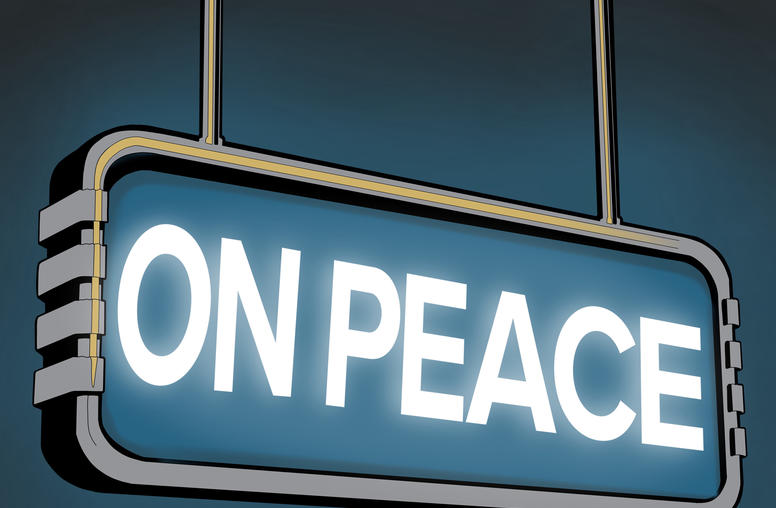Preventing Mass Atrocities in Afghanistan
How the U.S. and International Community Can Protect Hazaras and other Vulnerable Afghans
Ethnic and religious minorities in Afghanistan have historically faced persecution and violence, which intensified at the hands of various armed groups over the last four decades. Even before the Taliban returned to power last summer, the U.S. Holocaust Memorial Museum’s Early Warning Project ranked Afghanistan as the second most at-risk country for a new onset of mass killing. The situation hasn’t improved under the new Taliban government. The Hazara, an ethnic and religious minority group, remain a primary target of attacks. And many in the Sikh community have fled in recent months due to threats and harassment. These recent attacks and threats toward ethnic groups and other at-risk civilians once again raise the specter of mass atrocities.
To complicate matters, the country has plunged into a humanitarian crisis since the Taliban’s abrupt takeover of Kabul. And many of the same oppressive policies against women and girls that made the group international pariahs in the 1990s have been reintroduced.
Meanwhile, reports of crimes against humanity in Ukraine have brought significant international attention to prevention, protection and accountability efforts — as well as sparked debate over the lack of a similarly swift response to atrocities in Afghanistan and other conflict zones. U.S. policymakers and the international community now face the urgent challenge of assessing, monitoring and responding to the heightened risk for mass atrocities and protecting vulnerable civilian populations.
On June 3, USIP and the U.S. Holocaust Memorial Museum’s Simon-Skjodt Center for the Prevention of Genocide held a discussion with distinguished experts and activists to assess the atrocity risks faced by Hazaras and other vulnerable groups in Afghanistan and the key perpetrators driving the rising threat. The discussion also considered how the risks for atrocities may evolve in the coming months, and what the United States and international community can do to prevent further violence against Afghan civilians.
Continue the conversation on Twitter with #AfghanistanUSIP.
Speakers
Scott Worden, introductory remarks
Director, Afghanistan & Central Asia, U.S Institute of Peace
Rina Amiri, keynote remarks
U.S. Special Envoy for Afghan Women, Girls and Human Rights
Farkhondeh Akbari
Postdoctoral Fellow, Gender, Peace and Security Centre, Monash University
Lauren Baillie
Senior Program Officer, Atrocity Prevention, U.S Institute of Peace
Shukria Dellawar
Legislative and Policy Manager for the Prevention of Violent Conflict, Friends Committee on National Legislation
Naomi Kikoler, moderator
Director, Simon-Skjodt Center for the Prevention of Genocide, U.S. Holocaust Memorial Museum



